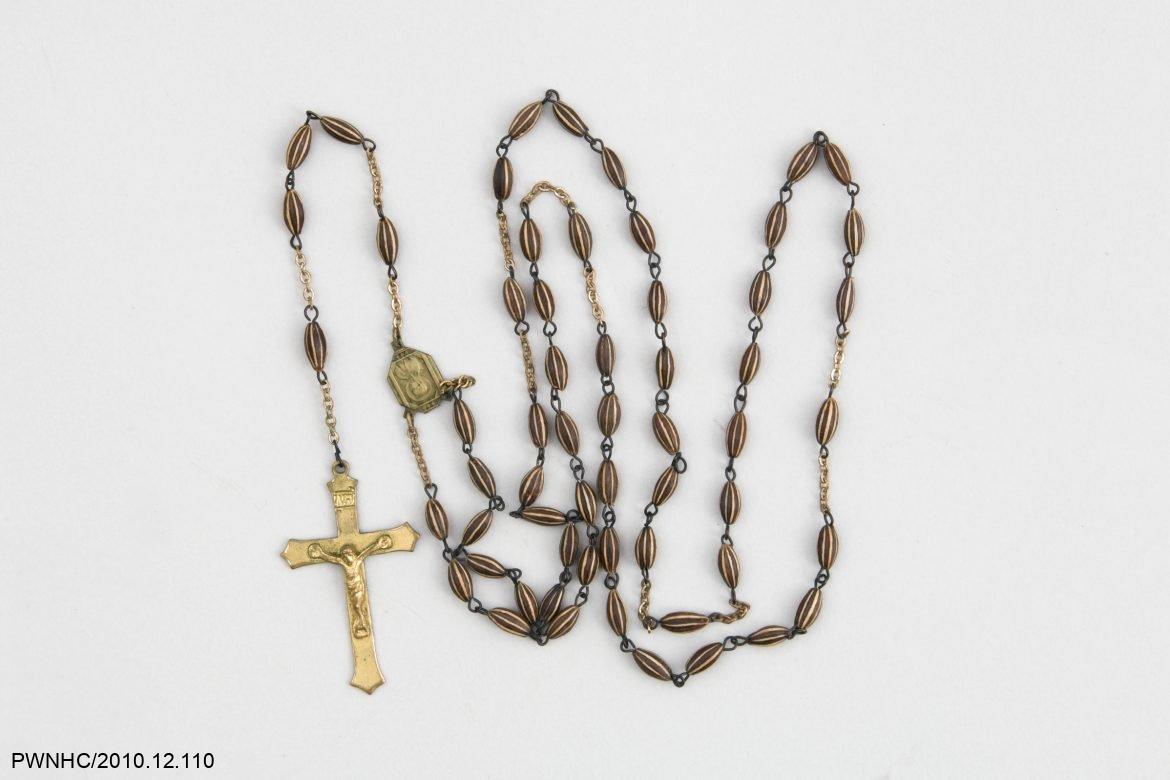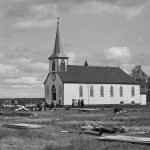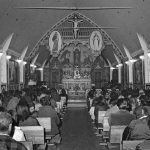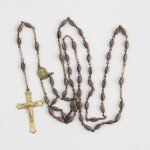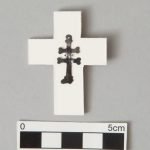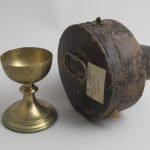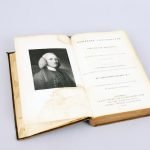1858
Missionaries Move North
As the fur trade expanded in the early to mid-1800s, Christian missionaries hoped to spread their faith as far north as possible. Missionaries representing the Roman Catholic (Oblates and Grey Nuns) and Protestant faiths (mainly Anglican) appeared in the Mackenzie River district as early as the 1830s. The Hudson’s Bay Company (HBC) disapproved, preferring to keep missionaries out of their territories for fear it would disrupt trading activities. The HBC managed to stall the establishment of missions in the Northwest Territories by withholding support for many years.
By the 1840s, however, the churches had successfully lobbied for change. HBC governors were convinced religion could be a “civilizing” influence by increasing procurement of fur resources from the Indigenous people. The first Catholic missionary to reach the Mackenzie-Athabasca district was at Fort Chipewyan in 1847. In 1852, Father Faraud visited Fort Resolution on Great Slave Lake and performed the first baptisms.
The first mission in the Northwest Territories was established in 1858 when Oblate priest Pierre-Henry Grollier built Catholic mission houses at Fort Resolution and Fort Simpson. The Anglican HBC traders at these posts tried to discourage the priests, but HBC governor George Simpson ordered his men not to interfere. By 1861, there were Catholic missions at Fort Rae, Fort Simpson, Fort Norman, Fort Good Hope, and Fort Providence. The oldest church still standing in the Northwest Territories is Our Lady of Good Hope Catholic Church in Fort Good Hope, founded in 1865 by Oblate priest Emile Petitot.
The Catholic Oblate priests were motivated to spread their reach due to the arrival of Anglican missionaries, which started a period of intense rivalry. The Anglican Church sent Archdeacon Hunter down the Mackenzie River in 1858 to learn more about the North and its people. His successor William West Kirkby, a very zealous missionary and not friendly with the Catholic faction, set up the Anglican mission at Fort Simpson in 1859 as a headquarters for their work further north. Kirkby and Grollier travelled together as adversaries as they battled to convert Indigenous groups in Gwich’in territory, including into the Yukon.
Anglican minister Robert McDonald established a mission at Fort McPherson on the Peel River in 1862. Reverend William Bompas, who spent many years in the North starting in 1865, became a travelling missionary preacher, visiting Indigenous camps. In 1870 he became the first Anglican missionary to visit the Inuvialuit. Reverend Isaac Stringer established a permanent mission at the Arctic whaling outpost on Herschel Island in 1897. This is an entry from Stringer’s journal: “They had never learned the name of God except as an expression of profanity from the whalers. They did not seem anxious to learn.” Stringer slowly learned Inuvialuktun and translated many texts of scripture and hymns into that language.
The rivalry between faiths and followers took many years to stabilize, and by the turn of the 20th century, both denominations had missions in most NWT trading posts. Some Northern communities eventually became predominately Catholic, and others were primarily Anglican. The function of the missions also grew to provide the first hospitals and schools in the Northwest Territories.
